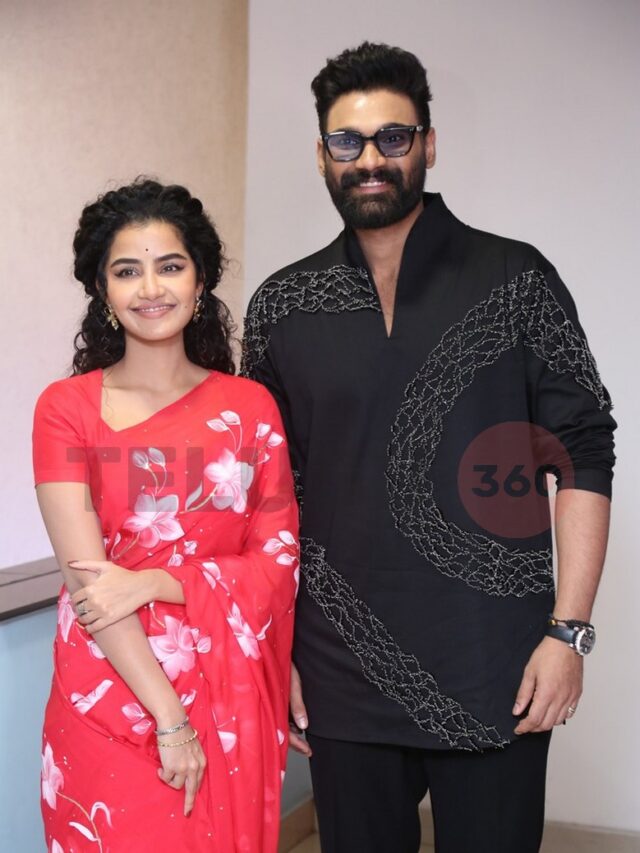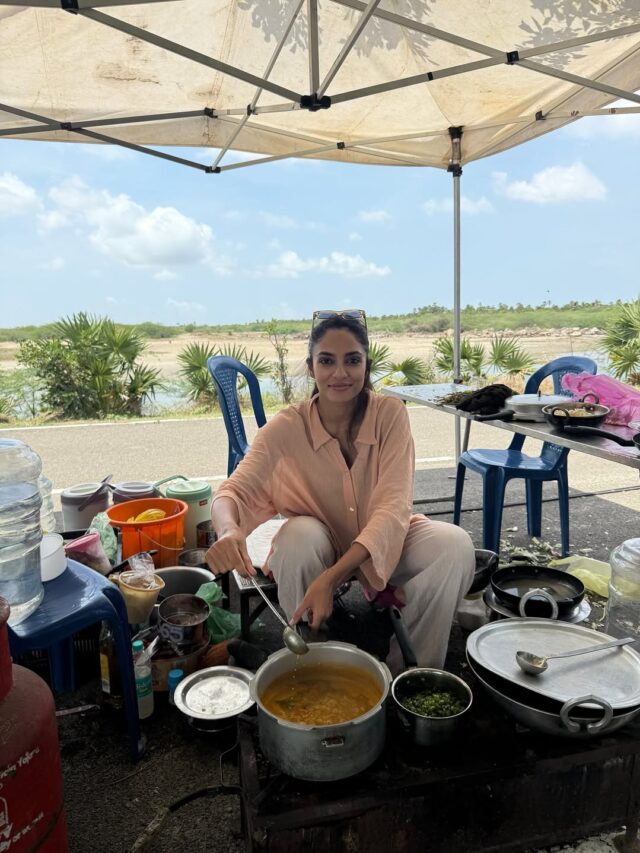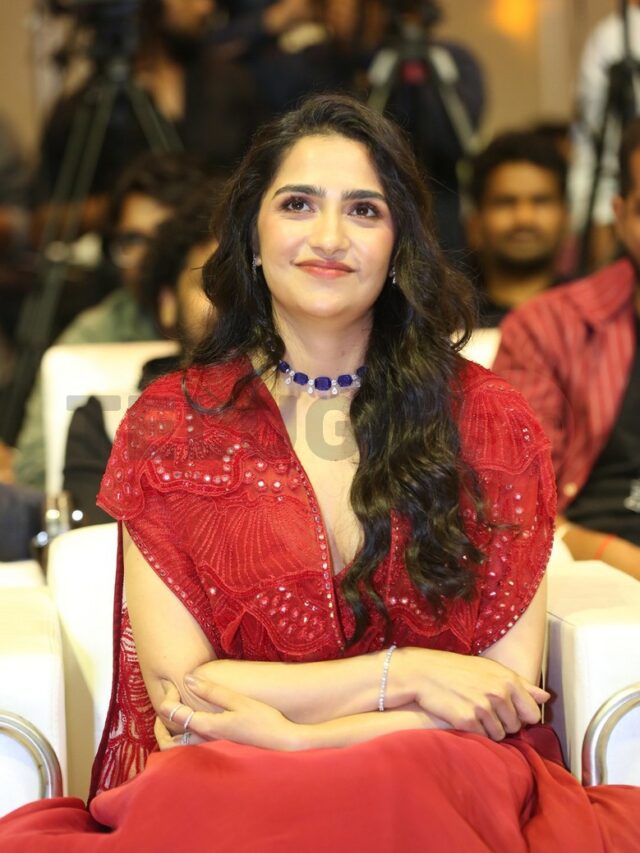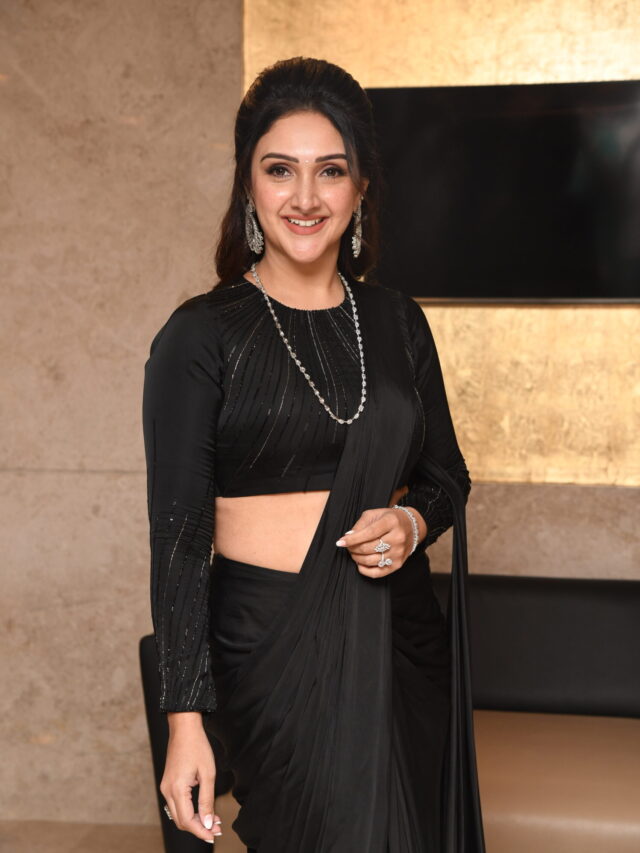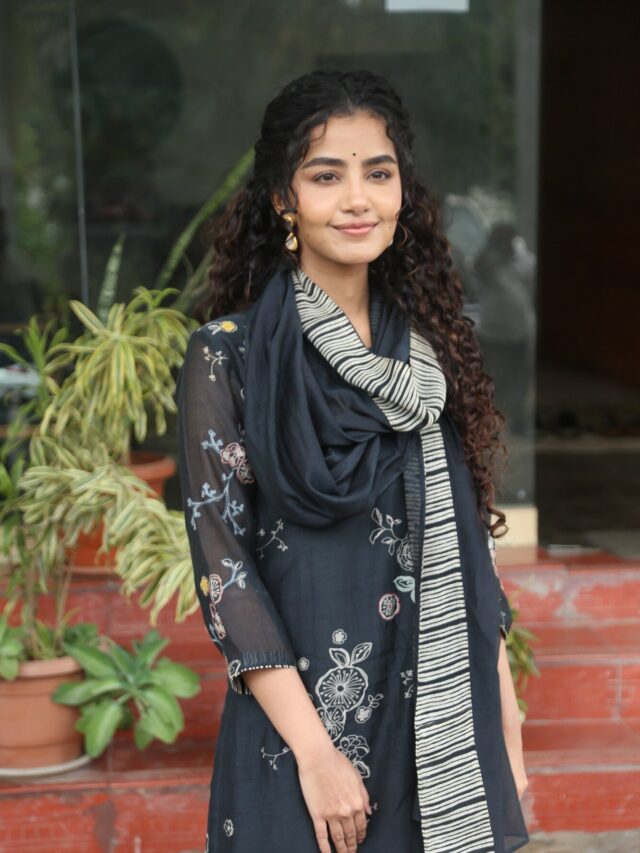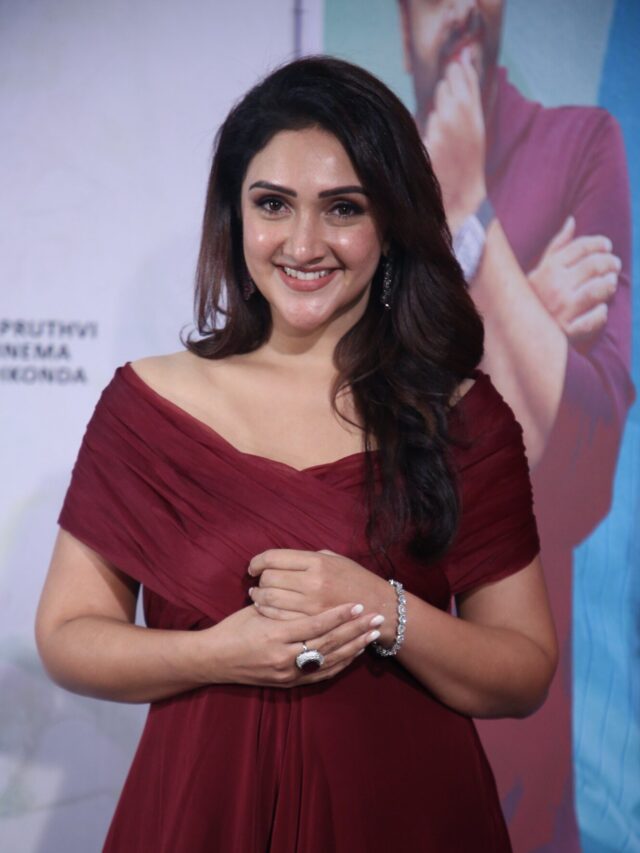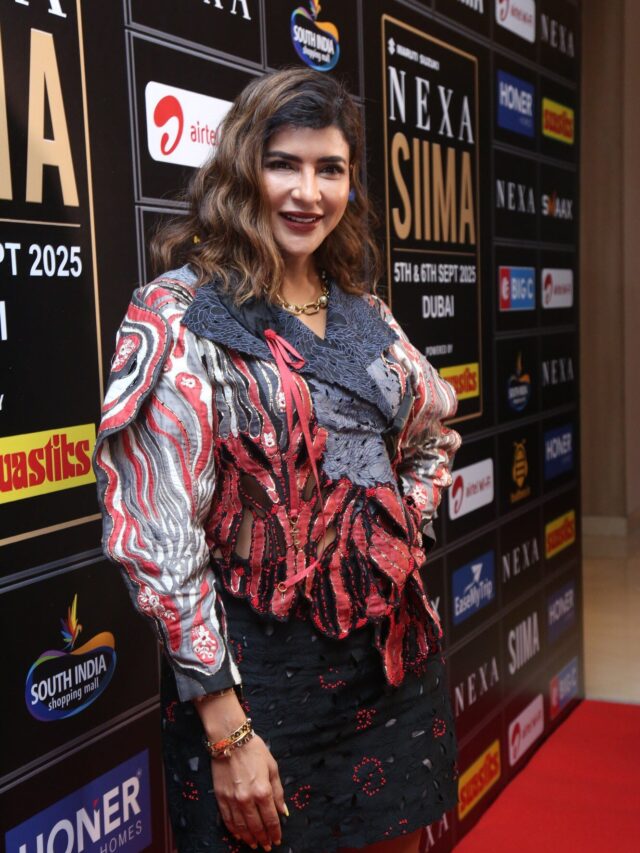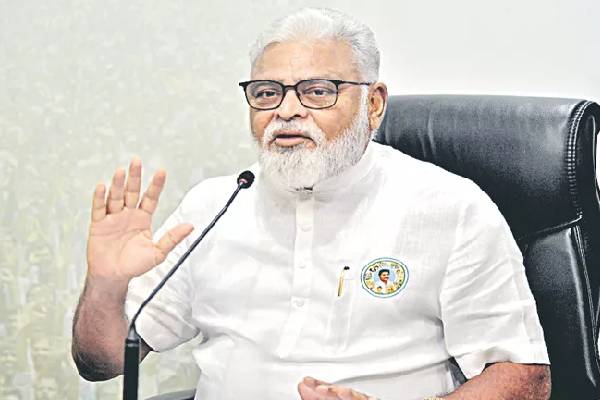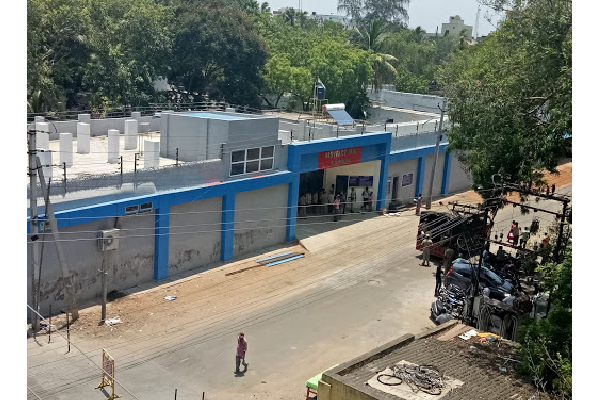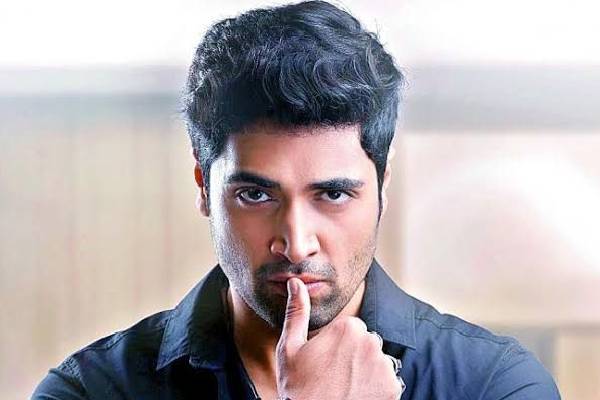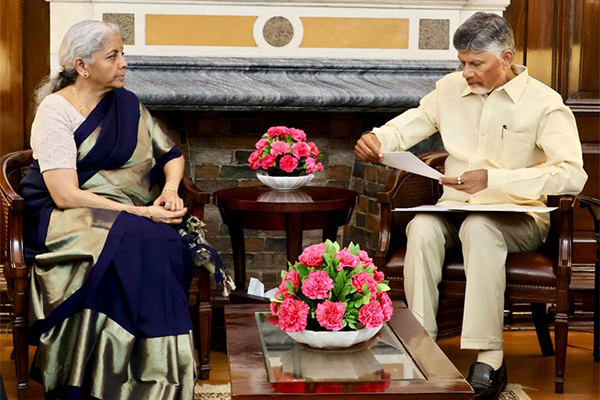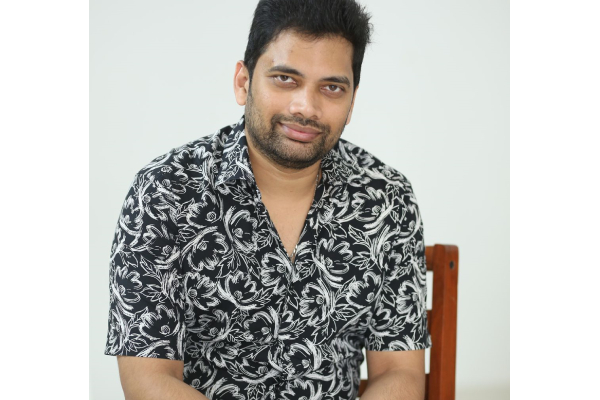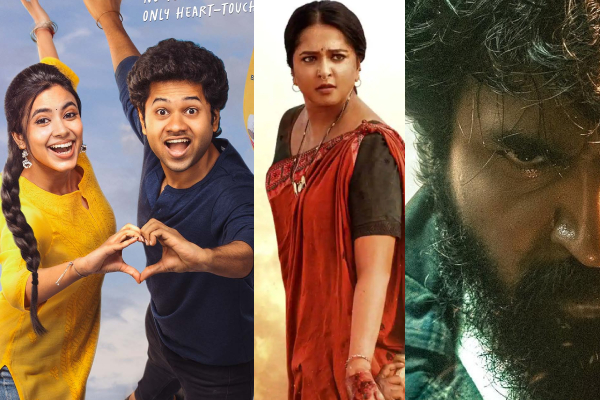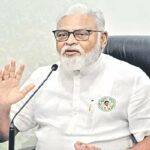During his recent Delhi visit, Andhra Pradesh Chief Minister N. Chandrababu Naidu met several Union Ministers, including Finance Minister Nirmala Sitharaman, Home Minister Amit Shah, and Jal Shakti Minister C.R. Patil, seeking financial and policy support for major projects in the state. A key focus of his meetings was the Banakacherla project, which aims to divert surplus Godavari floodwaters to drought-hit Rayalaseema, especially during peak monsoon season when about 3,000 TMC of water flows into the sea unused.
Chandrababu strongly pitched the project as a sustainable solution to Rayalaseema’s long-standing water problems for drinking, irrigation, and industry. He emphasized that the proposed project would utilize only 200 TMC of floodwaters, causing no harm to upstream states like Telangana or Chhattisgarh. He also reminded the Centre that Andhra Pradesh had not objected to any of Telangana’s projects in the past 11 years, while Telangana had raised 13 issues during recent inter-state discussions.
A high-level meeting at the Jal Shakti Ministry saw both AP and Telangana agree to form a joint technical committee with Central support to resolve pending river water issues. The meeting also approved a telemetry system to monitor Krishna river water usage and reinforced the importance of protecting the Srisailam project.
Interestingly, despite earlier public statements showing support for Banakacherla, YSRCP chief Jagan Mohan Reddy made a sudden U-turn, stating that surplus Godavari water may no longer be available due to new upstream projects, such as the ₹50,000 crore Indravati project in Chhattisgarh. He called Banakacherla unviable and too expensive. This change in stance has sparked criticism across Rayalaseema, with many accusing Jagan of neglecting the region that stood by him politically.
Critics argue that Jagan’s objections are more political than practical, with some alleging that he fears Chandrababu completing Banakacherla would boost his popularity in the drought-prone region. “If Jagan really cared about Rayalaseema,” one critic pointed out, “he would support this project instead of making excuses.”
Chandrababu, on the other hand, positioned the project as part of a larger vision to interlink rivers and reduce AP’s water dependency. He also sought central funding, highlighting that if completed using national resources, the burden on AP’s finances would be much less.
Apart from Banakacherla, the CM requested ₹10,000 crore in additional grants for various projects, ₹27 crore for upgrading Vijayawada’s Indira Gandhi Stadium, and ₹170 crore for a multi-sports complex in Guntur. He also pushed for the development of sports infrastructure under the Khelo India scheme across multiple cities, including Amaravati, Tirupati, and Rajahmundry.
In summary, while Chandrababu is aggressively lobbying the Centre to move forward with Banakacherla as a lifeline for Rayalaseema, Jagan’s shifting stance has led to political heat. What should have been a unifying project to solve water scarcity has now turned into a battle of political narratives, with Rayalaseema caught in the middle.


